Latest Comments
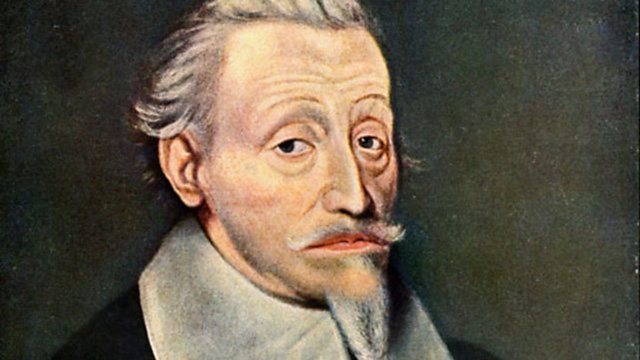
Heinrich Schütz: A Trailblazer in Baroque Music
In the rich tapestry of music history, certain individuals stand out as pioneers who shaped the course of their era. Heinrich Schütz, a German composer[…]
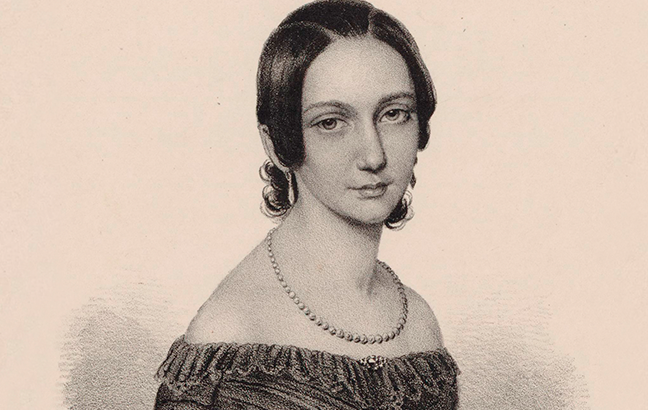
Celebrating the Musical Legacy of Clara Schumann: 7 Timeless Masterpieces
Clara Schumann, a remarkable composer of the Romantic era, left an indelible mark on the world of classical music. With her immense talent and pioneering[…]
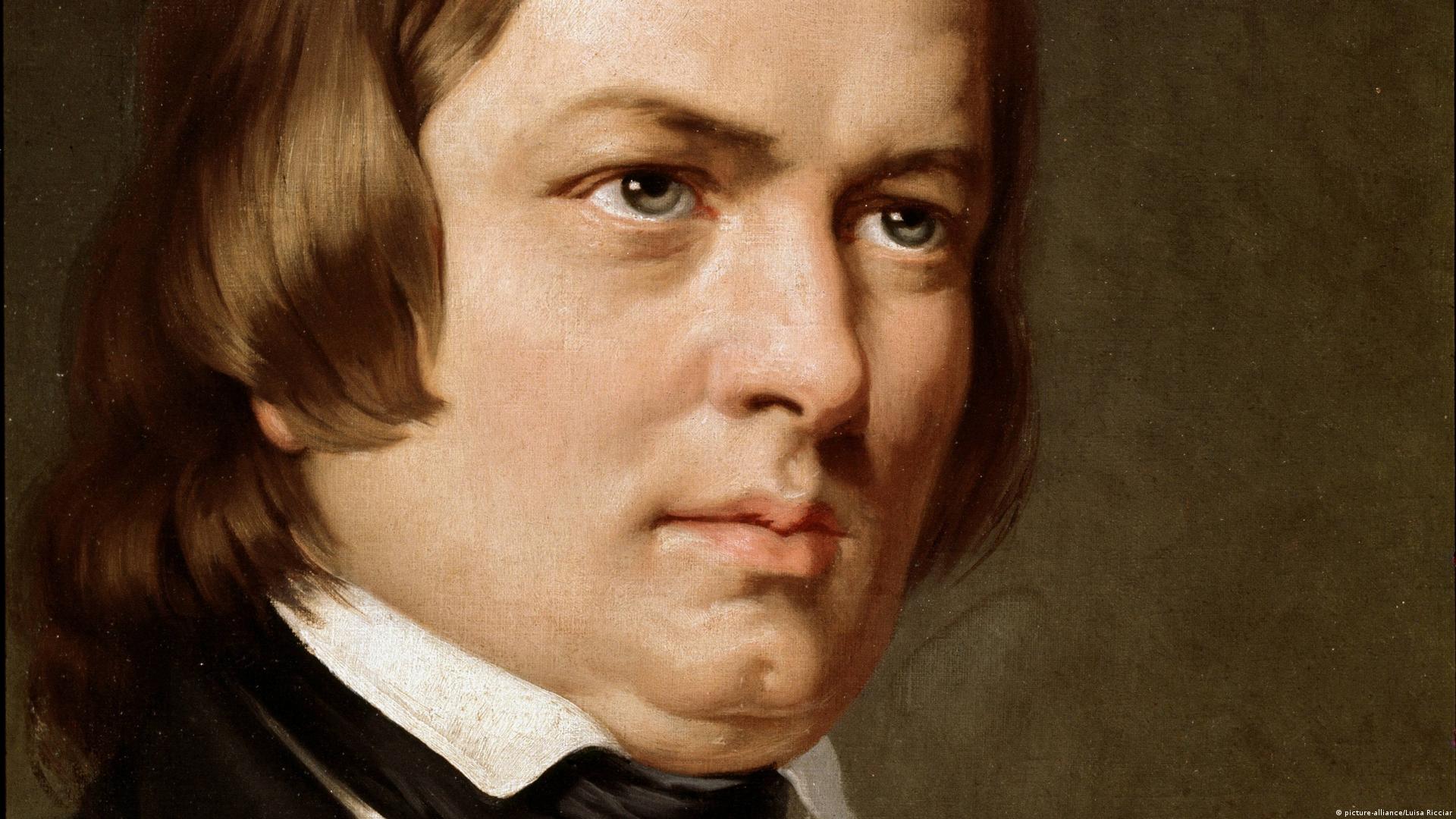
Melodic Masterpieces: The 7 Best Songs by Composer Robert Schumann
Robert Schumann, a renowned 19th-century German composer, was a true master of melodic expression. His compositions captured the essence of Romanticism and left an indelible[…]

Celebrating the Genius: 7 Captivating Songs by Dmitri Shostakovich
Dmitri Shostakovich, a towering figure in 20th-century classical music, left an indelible mark on the world with his profound compositions. His works, often characterized by[…]
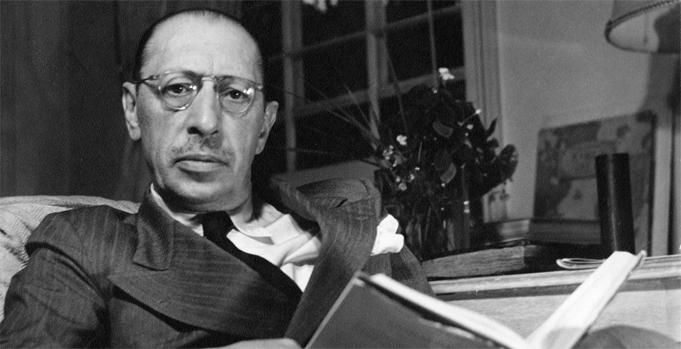
Discovering Genius: The 7 Best Songs by Composer Igor Stravinsky
Igor Stravinsky, the legendary Russian composer, conductor, and pianist, was one of the most influential figures in 20th-century classical music. His innovative compositions, often marked[…]

Masterpieces of Musical Brilliance: The 7 Best Songs by Joseph Haydn
Joseph Haydn, the celebrated composer of the Classical era, has left an indelible mark on the world of music. Known as the “Father of the[…]

Dmitri Shostakovich: A Symphony of Life and Art
Dmitri Shostakovich, a name synonymous with 20th-century classical music, left an indelible mark on the world with his deeply emotional and politically charged compositions. Born[…]
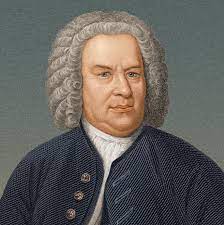
Johann Sebastian Bach: A Musical Genius Whose Melodies Still Resonate Today
Johann Sebastian Bach, often referred to as the maestro of Baroque music, left an indelible mark on the world of classical composition. Born on March[…]
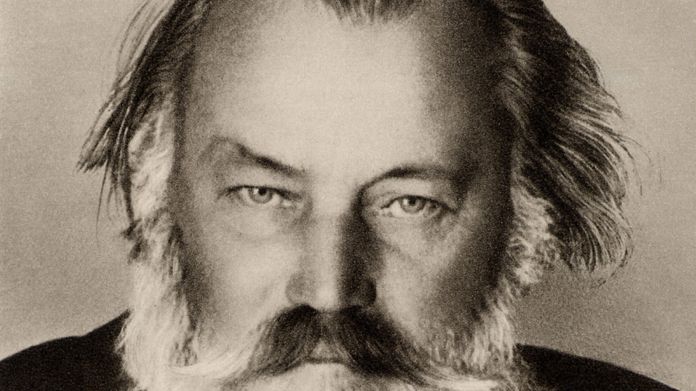
Unveiling the Enigmatic Genius: Curiosities about Composer Johannes Brahms
Johannes Brahms, one of the most influential composers of the Romantic era, left an indelible mark on the world of classical music. His compositions exude[…]
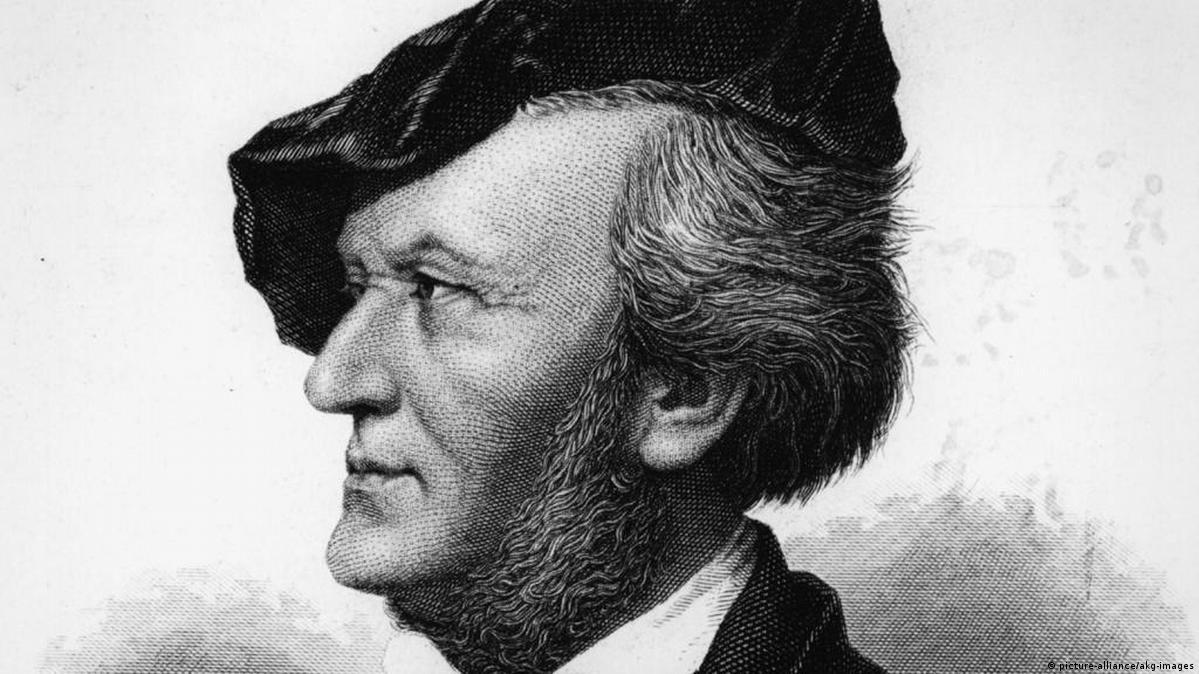
Unveiling the Enigma: Curiosities about Composer Richard Wagner
Richard Wagner, the renowned German composer, conductor, and theater director, left an indelible mark on the world of music with his monumental works and innovative[…]
© 2025 Top Classical Music. Created with ❤ using WordPress and Kubio